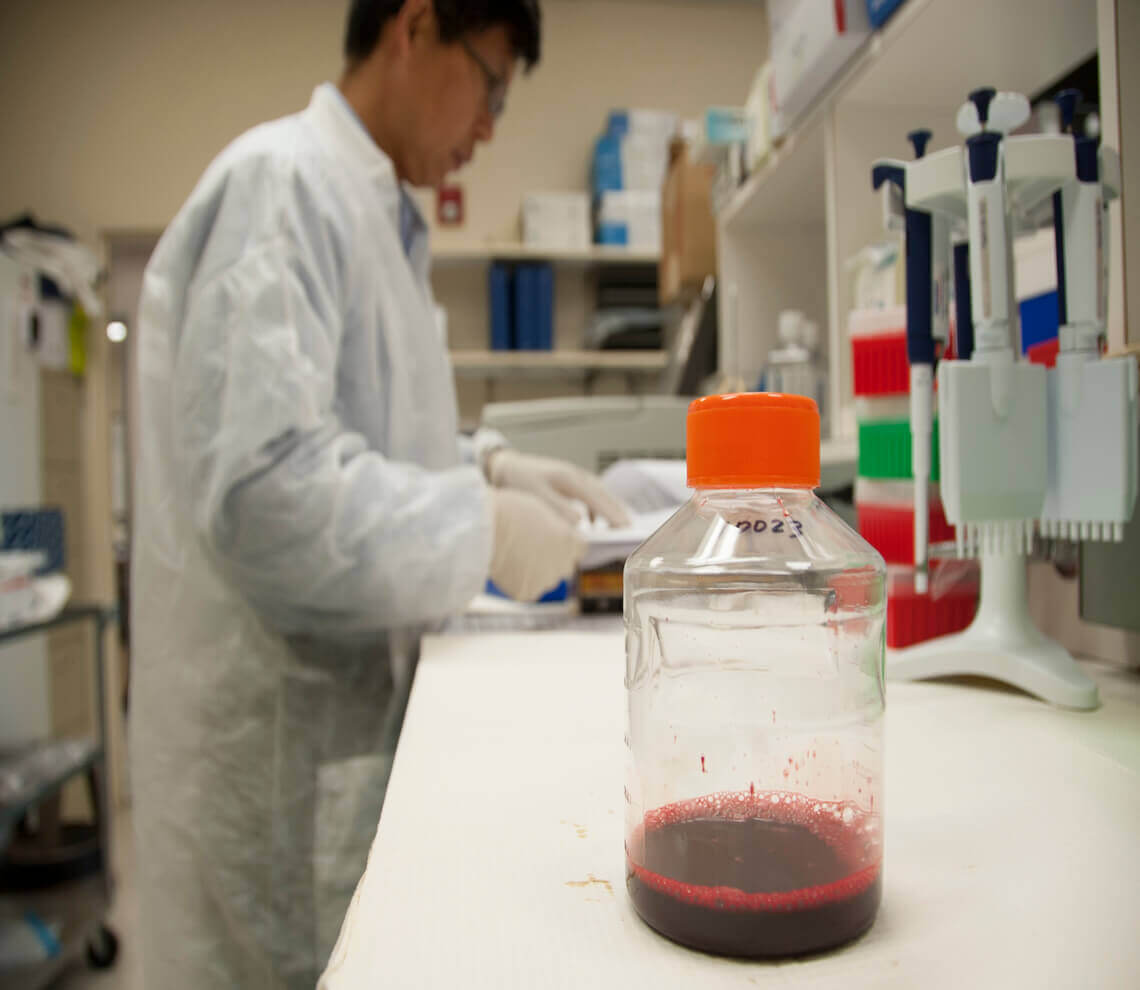- Our Suppliers
- MBS Monoclonals
- MHC Class 2, I-A (FITC)
Product short description
Price:
619 EUR
Size:
100ug
Catalog no.:
GEN632859
Product detailed description
Concentration
N/A
Immunoglobulin isotype
IgG1
Clone
3H435
Category
Antibodies
Clonality
Monoclonal
Purification method
Purified IgG.
Also known as
MHC Class 2, I-A
Conjugation
Anti-FITC Antibody
Subcategory
Mnoclonal antibodies
Host organism
Mouse (Mus musculus)
Source organism
Rat (Rattus norvegicus)
Other gene names
orla-uaa; N/A; N/A; N/A
Gene name synonims
orla-uaa; N/A; N/A; N/A
Gene name
orla-uaa; N/A; N/A; N/A
Tested applications:
Flow Cytometry (FC/FACS)
Storage and shipping
Store the antibody at -20 degrees Celsius.
Other names
Mhc class I A; N/A; Mhc class I A; N/A; N/A
Form/Appearance
Supplied as a liquid in PBS, pH 7.2, 0.1% sodium azide. Labeled with fluorescein isothiocyanate (FITC).
Species reactivity
Mouse (Mus musculus), Rat (Rattus norvegicus); Due to limited knowledge and inability for testing each and every species, the reactivity of the antibody may extend to other species which are not listed hereby.
Properties
This MBS Monoclonals Fluorescein isothiocyanate (FITC) antibody is currently after some BD antibodies the most commonly used fluorescent dye for FACS. When excited at 488 nanometers, FITC has a green emission that's usually collected at 530 nanometers, the FL1 detector of a FACSCalibur or FACScan. FITC has a high quantum yield (efficiency of energy transfer from absorption to emission fluorescence) and approximately half of the absorbed photons are emitted as fluorescent light. For fluorescent microscopy applications, the 1 FITC is seldom used as it photo bleaches rather quickly though in flow cytometry applications, its photo bleaching effects are not observed due to a very brief interaction at the laser intercept. MBS Monoclonals FITC is highly sensitive to pH extremes.
Specificity and cross-reactivity
Recognizes a polymorphic determinant of rat Ia antigen present on Lewis, Wistar and AO strain rats but not BN, DA or PVG/c strains (1,2). The antibody crossreacts with mouse strains (MHC haplotypes b and s) and analysis of recombinant mouse strains showed that the determinants mapped to the I-A region. It recognizes la antigens on B-cells, dendritic cells and certain epithelial cells (1, 3, 4). It is particularly useful for distinguishing la positive cells from different rat strains, eg for recognizing cells of donor origin in bone marrow reconstituted radiation chimeras (3,4.; Since it is not possible to test each and every species our knowledge on the corss reactivity of the antibodies is limited. This particular antibody might cross react with speacies outside of the listed ones.
© Copyright 2016-Tech News . Design by: uiCookies

